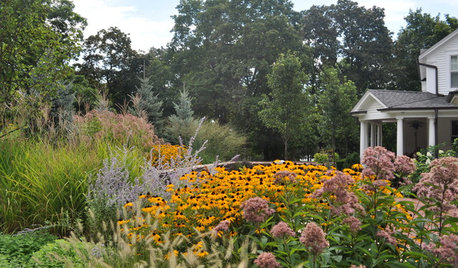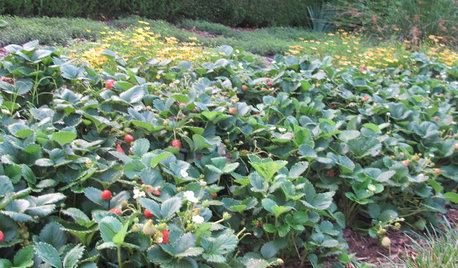Organic fertilizer for indoor plants?
prairiemoon2 z6b MA
16 years ago
Featured Answer
Comments (13)
pattysplants
16 years agoRelated Professionals
Wrentham Landscape Architects & Landscape Designers · Ashland Landscape Architects & Landscape Designers · Panama City Landscape Architects & Landscape Designers · Aurora Landscape Contractors · Bethlehem Landscape Contractors · Frisco Landscape Contractors · Edmond Landscape Contractors · Clearlake Landscape Contractors · Fair Lawn Landscape Contractors · Fort Payne Landscape Contractors · Hawaii Landscape Contractors · Old Saybrook Landscape Contractors · Thornton Landscape Contractors · Mansfield Interior Designers & Decorators · View Park-Windsor Hills Interior Designers & Decoratorsjoel_bc
16 years agotapla (mid-Michigan, USDA z5b-6a)
16 years agojoel_bc
16 years agoprairiemoon2 z6b MA
16 years agopepperomia
16 years agotapla (mid-Michigan, USDA z5b-6a)
16 years agodampflippers
16 years agotapla (mid-Michigan, USDA z5b-6a)
16 years agowatergal
16 years agom_taggart
16 years agobirdsnblooms
16 years ago
Related Stories

GARDENING GUIDESGet on a Composting Kick (Hello, Free Fertilizer!)
Quit shelling out for pricey substitutes that aren’t even as good. Here’s how to give your soil the best while lightening your trash load
Full Story
HOUSEPLANTS8 Essentials for Healthy Indoor Plants
Houseplants add so much to our homes — and can thrive when grown in the right conditions. Keep these tips in mind
Full Story
HOUSEPLANTS10 Top Plants to Grow Indoors
Brighten a room and clean the air with a houseplant that cascades artfully, stretches toward the ceiling or looks great on a wall
Full Story
GARDENING GUIDESCommon Myths That May Be Hurting Your Garden
Discover the truth about fertilizer, soil, staking and more to keep your plants healthy and happy
Full Story
GARDENING GUIDESHow to Switch to an Organic Landscape Plan
Ditch the chemicals for a naturally beautiful lawn and garden, using living fertilizers and other nontoxic treatments
Full Story
GARDENING GUIDES5 Prairie Wildflowers That Can Heal Your Soil
Get free, organic soil fertilizer with nitrogen-pumping plants that draw pollinators too
Full Story
SHOP HOUZZShop Houzz: Plant an Indoor Garden Anywhere
Green up your home with these planters for succulents, air plants, indoor trees, wall gardens and more
Full Story
HOUSEPLANTSPlay Up Some Fiddleleaf Figs for a Lively Indoor Tune
Strike a dramatic chord in a minimalist scene or a country note in a rustic setting — fiddleleaf fig plants harmonize with any style
Full Story
GARDENING GUIDESPacific Northwest Gardener: What to Do in September
Put in cool-weather veggies, fertilize your lawn and tidy the garden this month before chilly weather arrives
Full Story
REGIONAL GARDEN GUIDESSoutheast Gardener's September Checklist
Fertilize strawberries, plant a tree or two and beckon hummingbirds to your Southern garden this month
Full StoryMore Discussions










tapla (mid-Michigan, USDA z5b-6a)